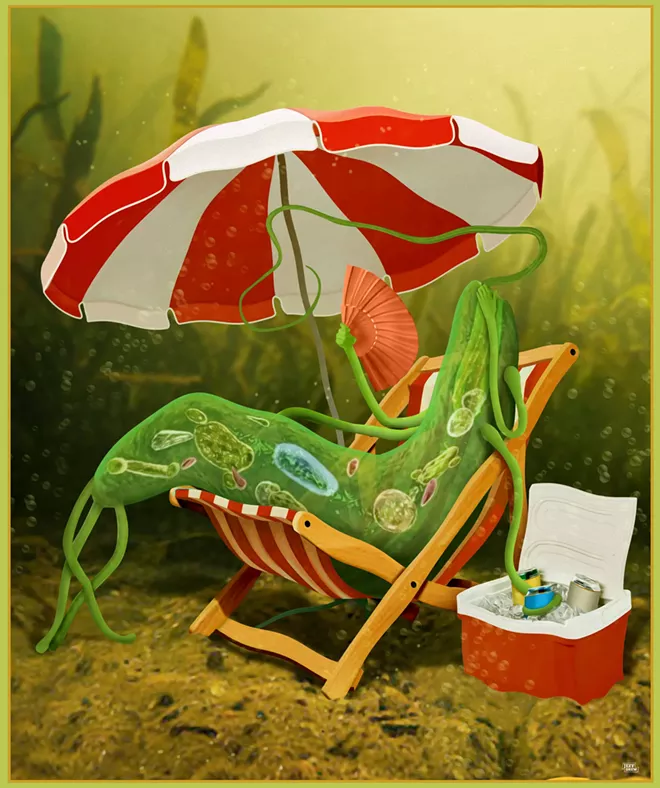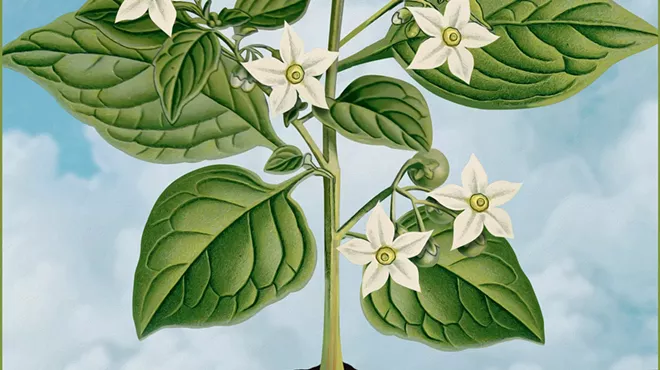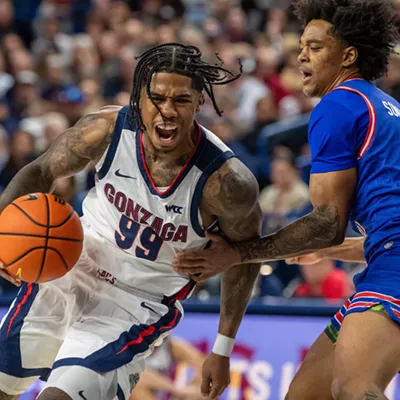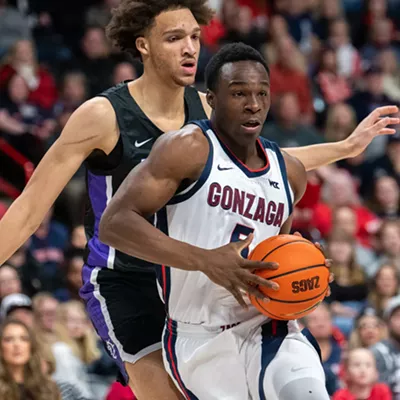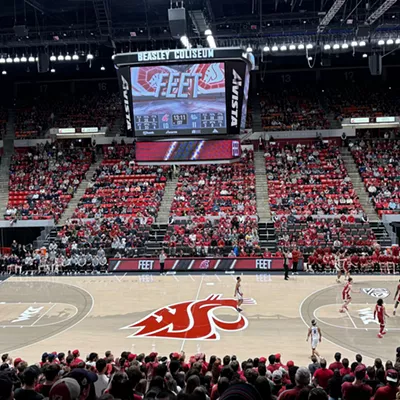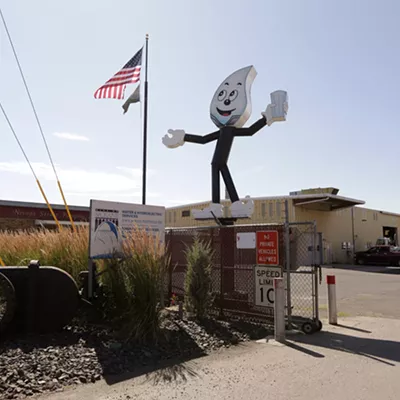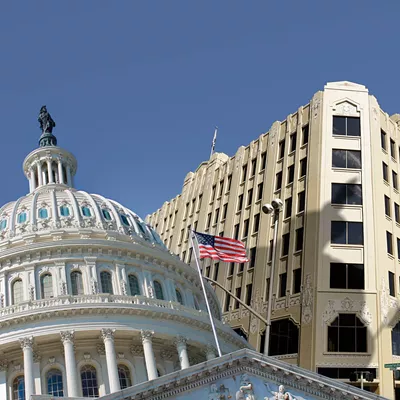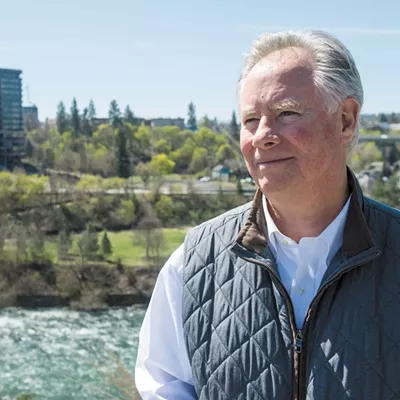There are vast seas of research out there about oceans, a torrent of studies about rivers, and deep fathoms of academic papers on lakes. But for the humble pond? The body of work on that type of body of water is surprisingly shallow.
Gonzaga biology and environmental science professor Betsy Bancroft is trying to change that.
"We don't know very much about ponds in general," Bancroft says. "Wetlands are really important for water storage and cleaning water. We just don't study them as much as we should."
That's a huge problem, because the wildlife living in ponds are particularly vulnerable to the whims of climate change. Thanks to humans cutting down a lot of trees and vegetation along the edges of water bodies, some of the natural defense mechanisms cooling down bodies of water have been stripped away. A lack of plants sends the water's oxygen levels plummeting and the fish's stress level spiking. And now you crank up the heat? The fish start going belly-up.
"In lakes it's usually big enough that animals can find a temperature that works for them. That's not always the case for these smaller water bodies," Bancroft says. "Since they tend to be shallow and small, they're more susceptible to those big temperature changes."
And what happens when temperatures spike for cold-blooded creatures like frogs, fish and insects? It fast-forwards their whole metabolism. They can move faster, yeah, but they need more fuel to survive. In the tiny kingdom of a pond, that can have radical effects that reverberate up and down the food chain.
"All of those changes essentially impact each other," Bancroft says. "I like to think of it like a Jenga tower."
Start pulling pieces out, and even if the tower doesn't collapse, sturdy blocks begin to loosen.
Figuring out exactly how those blocks loosen is what Bancroft and other academics in the region got a nearly $1 million grant to study.
Across five years, Bancroft and her colleagues at Whitworth University and Oregon State University are analyzing ponds and wetlands across the Columbia River water system in Washington and Oregon, including the Willamette Valley, the Tri-Cities and Turnbull National Wildlife Refuge in Cheney.
The challenge is to try to figure out the interplay between a bunch of factors at the same time.
"That's what we're really studying," Bancroft says. "We're basically asking the question, 'How does the Jenga tower change under climate change?'"
Bancroft has been interested in this kind of thing for a while. She "fell in love" with salamanders while doing an experiment with them in her animal physiology class as an undergrad.
"They're really sort of charismatic and cute and fun to work with," Bancroft says.
But you can't study amphibians without studying the habitat they live in and the food they consume. That brought her to study freshwater bodies of water, some of the most threatened ecosystems on earth. And everything is connected.
Insects, for example, are plant fertilizers — as well as tasty treats to some animals and voracious predators to others.
"Some beetles will eat fish if the fish are small enough," Bancroft says.
But insect populations have been declining rapidly. Is it pesticides? Is it climate change?
Bancroft is examining the way that duos and trios of species interact. Just a few links on the food chain can tell you a lot about those relationships.
Teaming up with researchers from Whitworth, the scientists are looking into 12 ponds at Turnbull. Some are ponds that dry up in hot weather, some are full year-round, and some are more shallow wetlands.
The teams will examine species populations, diversity and species size — looking at plants, water temperatures, and even clouds of water plankton.
"Body size is really, really important," Bancroft says. "How big you are determines whether you outcompete another individual for a resource or whether you get eaten by a predator."
Being small can be an advantage too — you need less food and are more nimble.
At Oregon State's Corvallis campus, researchers are building artificial outdoor ponds that let them control water temperatures, species diversity and other factors. They can simulate climate change explicitly.
From there it's a simple matter of predicting the future.
"We can say, we know that under these types of conditions, these types of communities tend to emerge," Bancroft says. "We know that these types of communities are less stable than this other type. Where might we see those on the landscape?"
It's not just about learning new fun animal facts. It's about finding the kind of valuable information about which ecological situations are stable and which are particularly fragile. As governments and nonprofits try to decide where to spend limited conservation resources, this kind of information can help save — if not the world — at least a few little freshwater civilizations living in it.
That's where the theoretical becomes vitally practical.
"Where do we need to focus our management and conservation dollars?" Bancroft asks. ♦

